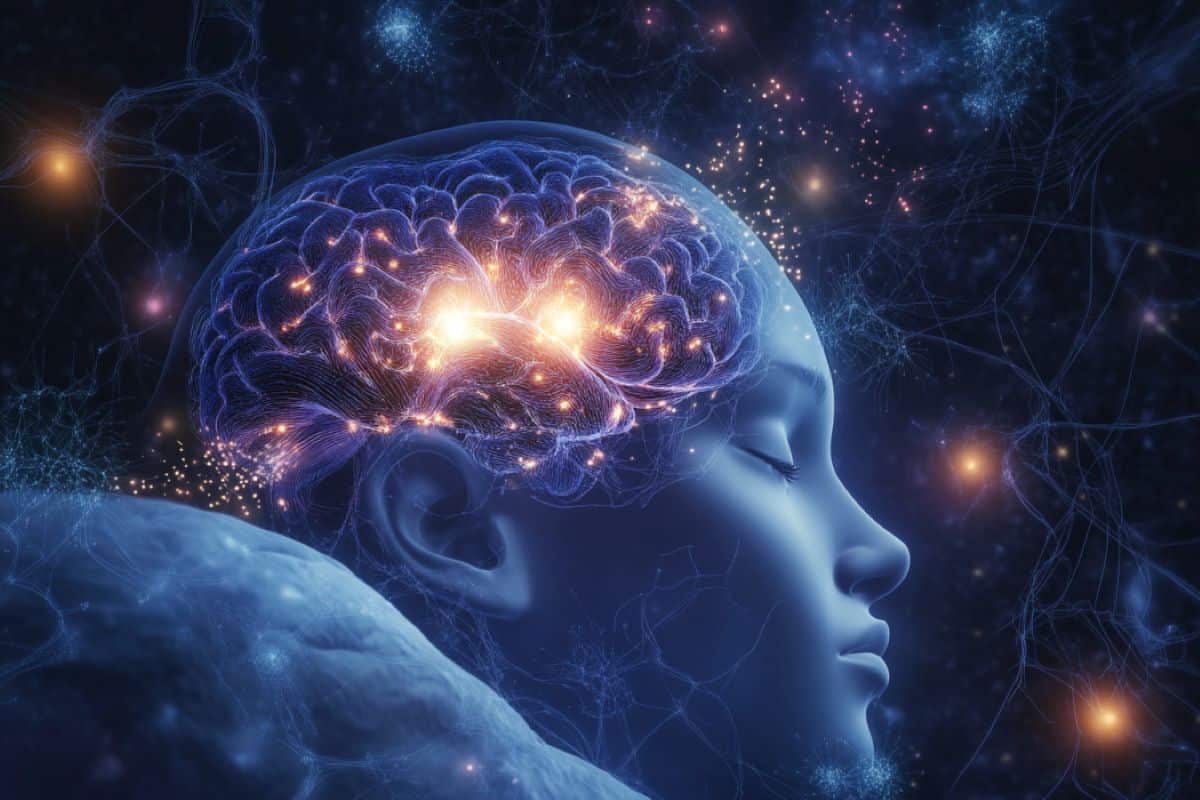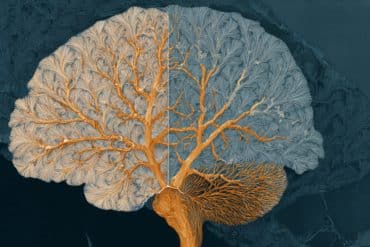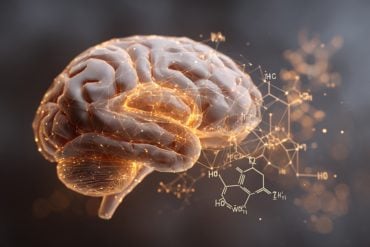Summary: Researchers have discovered two neuron types in the brainstem that induce REM sleep, shedding light on the mechanisms behind this crucial sleep phase. These neurons form circuits that control brain activity, eye movement, and muscle tone loss during REM sleep.
Inhibiting these neurons in mice resulted in REM sleep behavior abnormalities similar to those in patients with Parkinson’s disease, suggesting a direct link between neuron loss and the disorder. This breakthrough could lead to new treatments for sleep disorders and neurodegenerative diseases like Parkinson’s.
Key Facts:
- Two types of brainstem neurons induce REM sleep and control its key features.
- Inhibiting these neurons caused REM sleep abnormalities similar to Parkinson’s symptoms.
- Findings could lead to better treatments for REM sleep disorders and neurodegenerative diseases.
Source: University of Tsukuba
During REM sleep, dreams are frequently seen. The induction of REM sleep was not well understood. Abnormalities in REM sleep precede various diseases.
Notably, REM sleep behavior disorder, in which patients physically act out dreams by moving and vocalizing during REM sleep, has been noted as an early symptom of neurodegenerative diseases, such as Parkinson’s disease.
The cause of these abnormalities was unknown.

Herein, researchers identified two neuron types in the brainstem (pons and medulla oblongata) that induce REM sleep. These neurons form circuits connecting to brain regions that control cerebral cortex activation, rapid eye movement, and muscle tone loss, all characteristic of REM sleep. Artificial activation of this circuit strongly induces REM sleep, even in awake mice.
Moreover, inhibiting these REM sleep-inducing cells in mice led to abnormalities similar to those observed in patients with Parkinson’s disease, such as body movements during REM sleep and a considerable reduction in REM sleep.
Patients with Parkinson’s disease and REM sleep behavior disorder had fewer REM sleep-inducing cells in the brainstem, revealing a cause of the disorder.
These findings are expected to enhance our understanding of REM sleep mechanisms and significance, aiding in the development of new prevention and treatment methods for sleep disorders and related diseases.
Funding: This work was supported by the World Premier International Research Center Initiative (WPI), JSPS KAKENHI grant numbers JP20K22674, JP21K15179 (to M. Kashiwagi), and JP20K06910 (to G.B.); MEXT KAKENHI grant numbers JP23H04210, JP23H04668 (to Y.H.), JP16H06280 (to M.W.), and JP16H06277 (CoBiA) (to S.M.); and AMED grant numbers JP22gm1110008, JP21zf0127005 (to Y.H.), JP22wm0425018 (to G.B. and Y.H.), JP21dm0207070 (to H.M.), JP20dm017106, and JP21wm0425019 (to S.M.).
About this sleep and neuroscience research news
Author: YAMASHINA Naoko
Source: University of Tsukuba
Contact: YAMASHINA Naoko – University of Tsukuba
Image: The image is credited to Neuroscience News
Original Research: Open access.
“A pontine-medullary loop crucial for REM sleep and its deficit in Parkinson’s disease” by MOCHIZUKI, Hideki et al. Cell
Abstract
A pontine-medullary loop crucial for REM sleep and its deficit in Parkinson’s disease
Identifying the properties of the rapid eye movement (REM) sleep circuitry and its relation to diseases has been challenging due to the neuronal heterogeneity of the brainstem.
Here, we show in mice that neurons in the pontine sublaterodorsal tegmentum (SubLDT) that express corticotropin-releasing hormone-binding protein (Crhbp+ neurons) and project to the medulla promote REM sleep.
Within the medullary area receiving projections from Crhbp+ neurons, neurons expressing nitric oxide synthase 1 (Nos1+ neurons) project to the SubLDT and promote REM sleep, suggesting a positively interacting loop between the pons and the medulla operating as a core REM sleep circuit. Nos1+ neurons also project to areas that control wide forebrain activity.
Ablating Crhbp+ neurons reduces sleep and impairs REM sleep atonia. In Parkinson’s disease patients with REM sleep behavior disorders, CRHBP-immunoreactive neurons are largely reduced and contain pathologic α-synuclein, providing insight into the mechanisms underlying the sleep deficits characterizing this disease.







